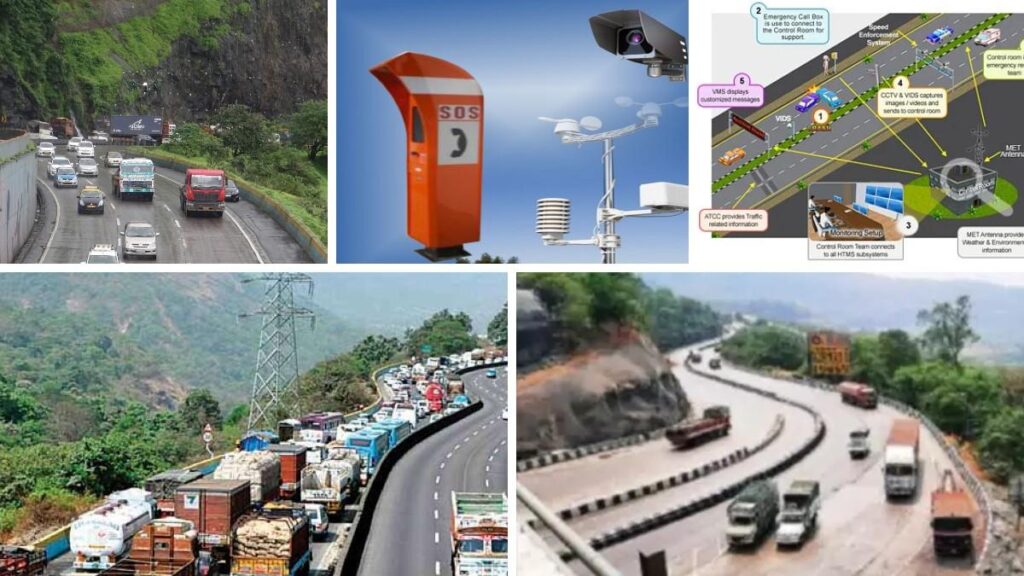ITMS Goes Live on Mumbai-Pune Expressway: Not without initial problems though!

The Intelligent Traffic Management System (ITMS) has officially gone live on the Mumbai-Pune Expressway, marking a significant advancement in road safety and traffic management. Launched just a week ago, this cutting-edge system aims to monitor and regulate traffic violations in real time across the entire 94-kilometer stretch of the expressway. However, the initial implementation has encountered some challenges, particularly with the real-time issuance of challans.
Initial Challenges with ITMS
State Transport Commissioner Vivek Bhimanwar acknowledged that this is the first time ITMS has been introduced on any highway in Maharashtra, and as such, the system is experiencing teething troubles. Despite its advanced technology, the system is not yet fully operational in issuing real-time challans, highlighting some early-stage issues.
“We are at a learning stage, understanding the system,” Bhimanwar stated. He noted that while the ITMS is already utilized globally to curb traffic violations, its deployment on the Mumbai-Pune Expressway is a pioneering effort in Maharashtra. Currently, the system is facing delays in challan issuance due to software glitches and errors. For instance, the system has erroneously issued challans to non driving passengers for using phone and for violations that did not occur.
How ITMS Works
The ITMS infrastructure on the Mumbai-Pune Expressway includes:
- Total Cameras: 115
- Locations: 45 gantries and 50 poles
- Traffic Violations Detected: Includes speeding, lane cutting, driving without a seatbelt, and more.
These AI-equipped cameras are installed every 10 kilometers along the expressway and are capable of detecting 11 types of traffic violations. Positioned on gantries and poles, each 10 km radius has a gantry equipped with three cameras.
Despite the initial hiccups, the ITMS has already significantly increased the number of daily challans issued, from around 100-200 to approximately 4,000. The system operates 24×7, in contrast to the previous interceptor vehicles that were limited in coverage and operation hours.
The Road Ahead
The state transport department remains optimistic about the future of the ITMS. Bhimanwar emphasized that while there are current challenges, such as delays in challan issuance and software glitches, these issues are being addressed. The goal is to streamline the system and reduce the time for challan issuance to within 48 hours of the offence.
Additionally, the Maharashtra State Road Development Corporation (MSRDC), which undertook the ITMS project, plans to extend similar systems to other major highways in the state. Six tenders for ITMS implementation, including one for the old Mumbai-Pune Expressway, have already been floated.
The successful implementation of ITMS on the Mumbai-Pune Expressway could set a new benchmark for traffic management and road safety across Maharashtra, potentially transforming how traffic violations are monitored and penalized on highways.
Conclusion
The introduction of ITMS on the Mumbai-Pune Expressway represents a significant leap forward in traffic management technology. While the system is still facing some initial challenges, its potential to enhance road safety and discipline is promising. The transport department’s efforts to refine the system and address its issues are expected to yield positive results in the near future.




